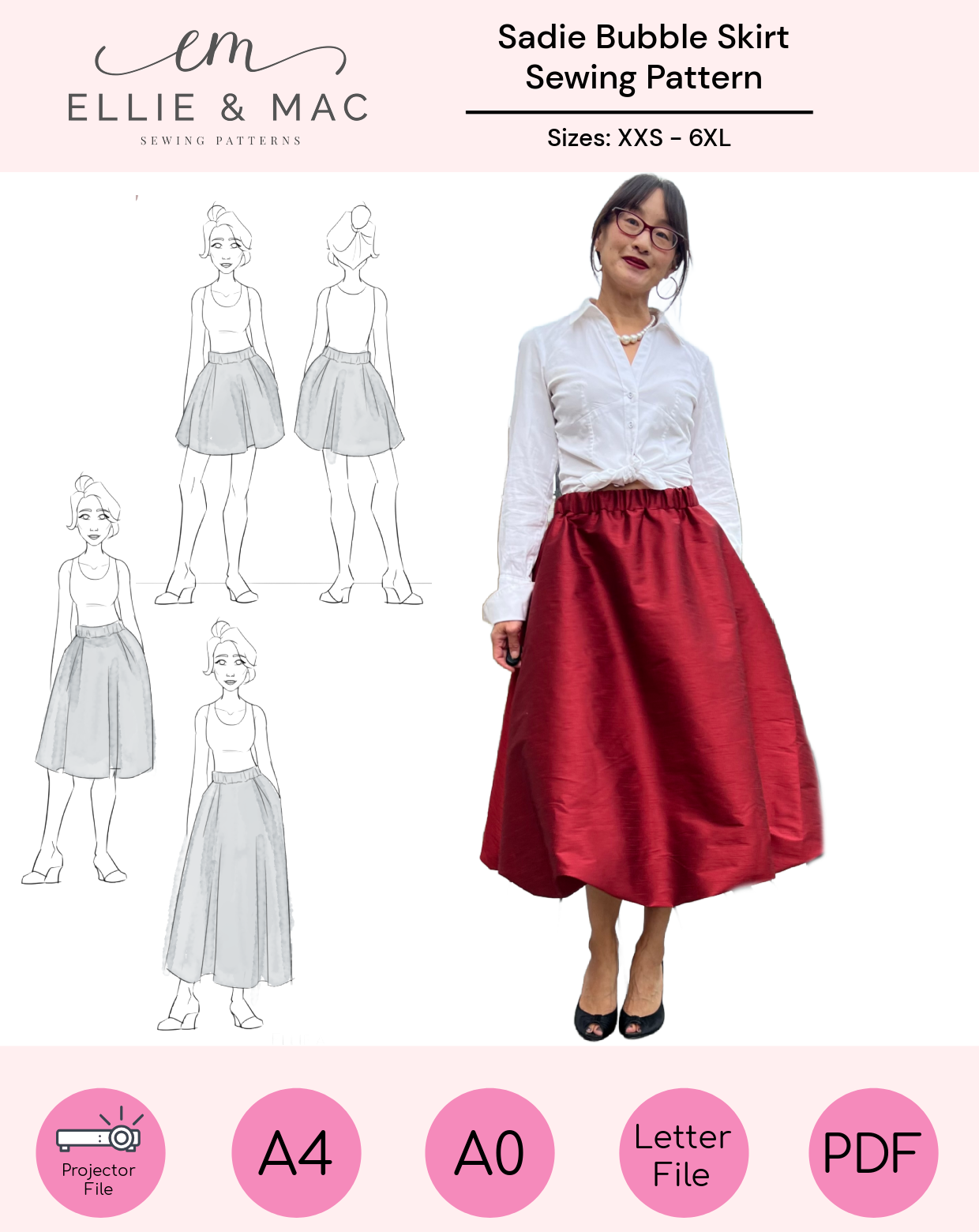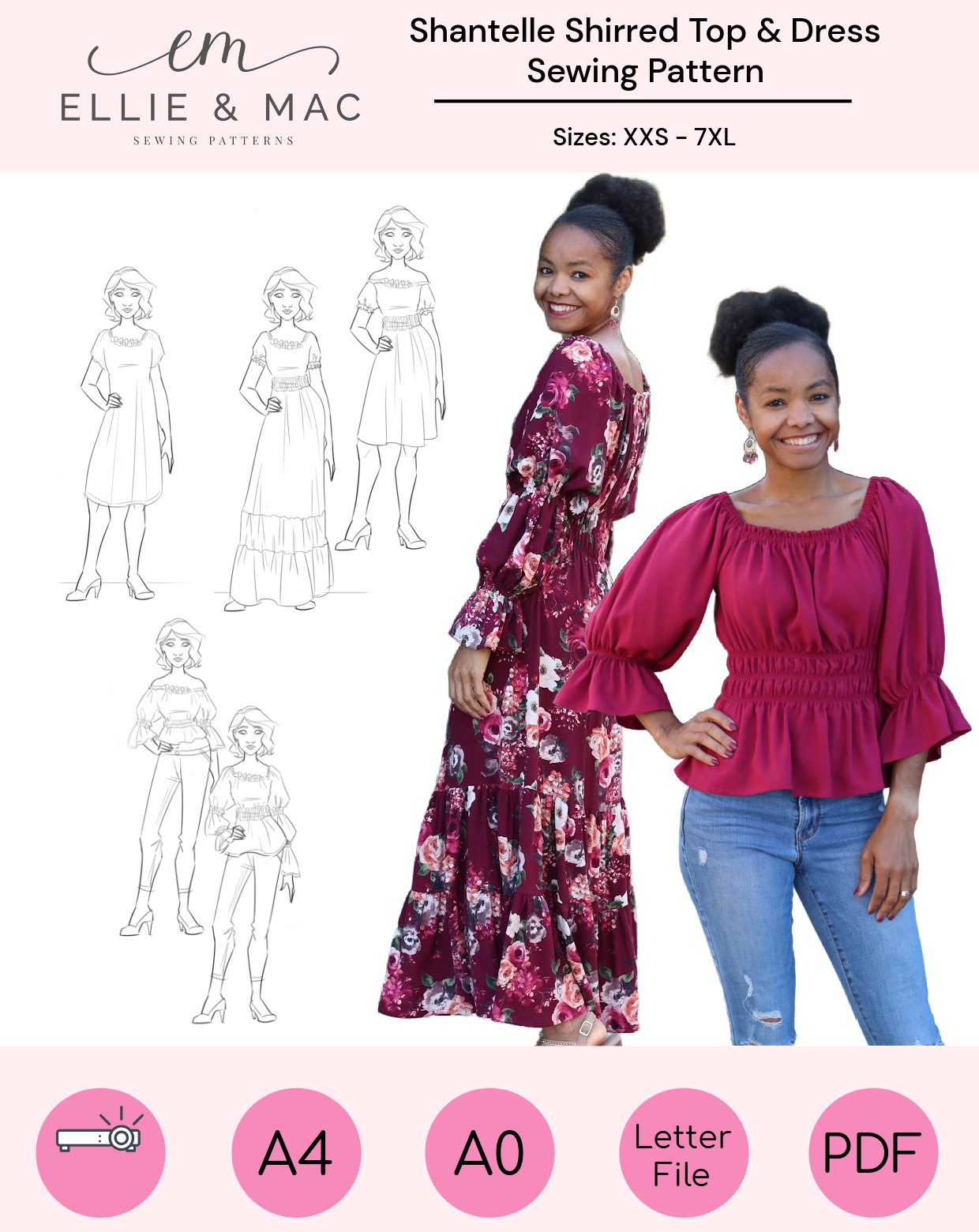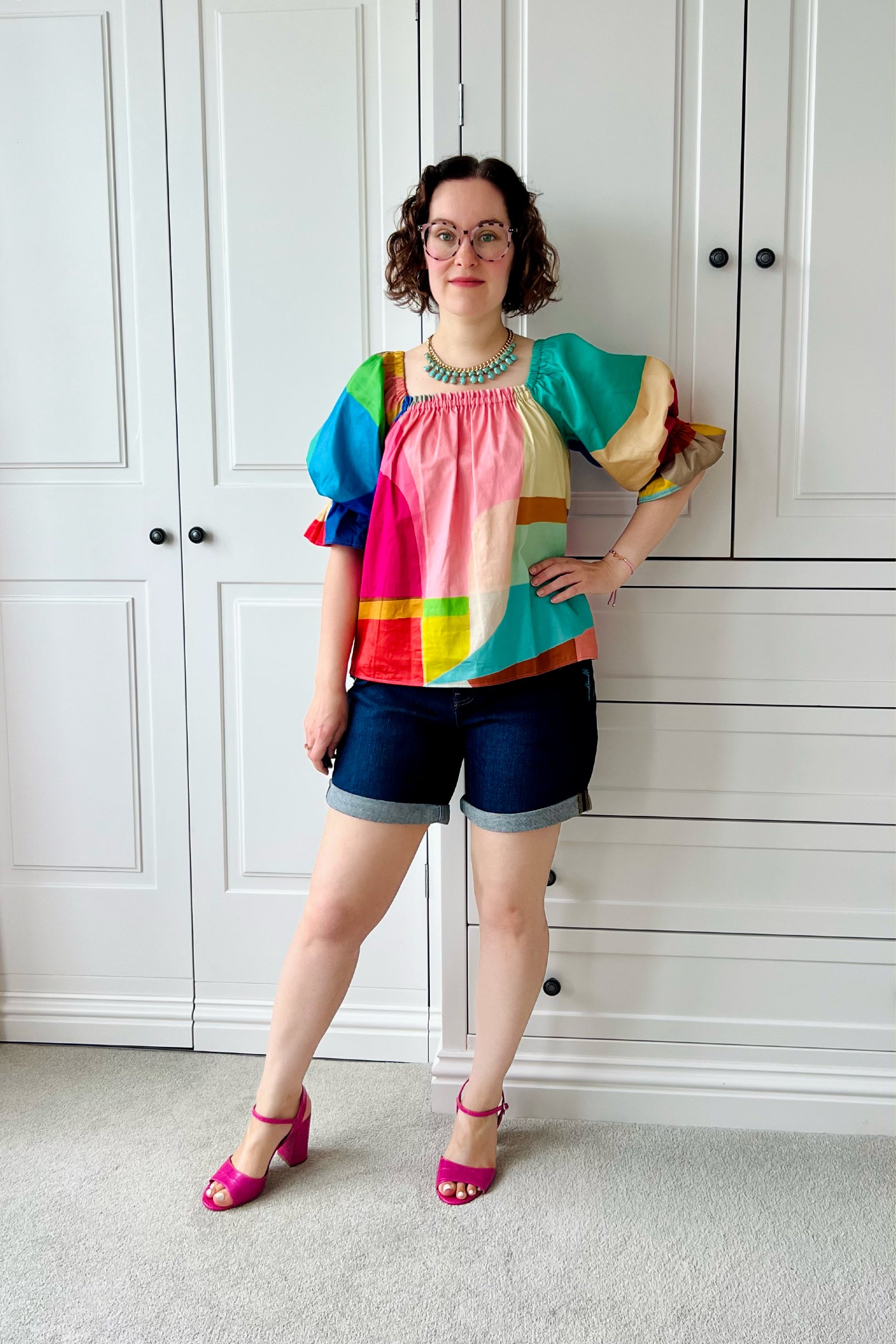Hi Sewing Friends! You may not know it, but I've been an Allergy Mama for 15 years now. I also recently developed an allergy of my own as an adult. Both my son and I carry epinephrine, a life saving injectable medicine. Since it must be on our person at all times, and remain at room temperature, an insulated waist pack is often used.
An insulated bag is suitable for carrying medical devices such as epinephrine, inhalers, insulin and other medications.
** Always be sure to consult with your doctor or pharmacist for safe storage recommendations, particularly in extreme temperatures. **
In this tutorial I will show you how you can easily transform the Stephany Bag into an insulated medical pouch or regular waist pack.
What you will need:
- Stephany Toiletry Bag Pattern (size small)
- Outer Fabric
- Lining Fabric
- Insulbright or Pellon 975BX
- Double sided washaway tape
- #5 Zipper
- 1” Webbing
- D-ring
- Swivel clasps
- Inkscape
- Sewing machine
- Thread
(As an Ellie and Mac and Amazon Affiliate purchases made through affiliated links may provide me with a small commission.)
Basic Directions for Adding Insulation to the Stephany Bag:
Choose a vinyl or waterproof canvas for your outer fabric. If using quilting cotton, apply fusible interfacing.
Cut the outer fabric, lining and insulation from the pattern piece. Your insulation should be less than the seam allowance to reduce bulk when stitching.
Use a glue stick, double sided tape or basting spray to temporarily adhere the insulation to your outer fabric piece. The shiny part should be facing upward. It can now be treated as a single piece. It's that easy!
Reducing the bag size using Inkscape:
For my version I will be modifying the pattern to reduce bag depth and height. The width will not be changed as it requires the original length to fit a standard sized epipen.
Make a rectangle 2 inches by the width of the pattern piece.

Select the pattern piece and the rectangle. Then go to PATH -> DIVISION.

The pattern piece will now have a gap of 2 inches. Connect the two halves.


Next, reduce the bag height by 1 inch. Repeat the steps as illustrated above.
NOTE: If you only want to hold two epipens you will need to take off more than indicated.



You may have noticed that I somehow lost the seam allowance. To add back seam allowance I will use the offset function.
Go to: EDIT -> PREFERENCES-> BEHAVIOR-> STEPS -> INSET/OFFSET.
Set the offset to your preferred seam allowance. Since the original pattern had a quarter of an inch I have set it to 0.25 inches.

Return to the main screen. Duplicate the pattern piece by highlighting it and pressing CTRL-D. Now go to PATH -> OFFSET.

Voila! This is how the new pattern piece will appear.

Use your new pattern piece to cut out:
- Main Fabric
- Interfacing (optional)
- Insulation
- Lining

I prefer to block fuse the interfacing to my fabric and then cut.


To simplify the process I suggest basting the insulation to the lining and treating it as a single layer. This can be achieved with a long, straight stitch around the edges, basting spray, glue or double sided tape. The shiny side of the insulation should be facing the wrong side of the lining.
Attach the zipper as per the instructions.

When the short edges are folded there will be excess material that needs to be cut off. The remnants can be used for creating loops and binding that same edge.

Much better!

I've folded the excess fabric that has just been cut off from the corners to create two perfectly sized loops for the d-rings.


Place the loops onto the right side of the main fabric, positioning it so that it is centered with the zipper. There should be a half an inch of extra fabric hanging from the edge. Do not cut it off. Baste your loops to both sides. Finish sewing the bag as per the original instructions.
Lastly, you will need to add a purse handle or adjustable belt. You can find a video tutorial on how to make adjustable straps out of 1” webbing as part of the Modern Manda Convertible Bag Pattern (jump to the 34 minute mark).
And that’s it! We have just created an insulated purse/waistpack using the Stephany Toiletry Bag. It can comfortably fit two epipens, a phone and other small essentials.
I can’t wait to see what you create. Happy sewing!





(Written by: Sarah Callahan)



















